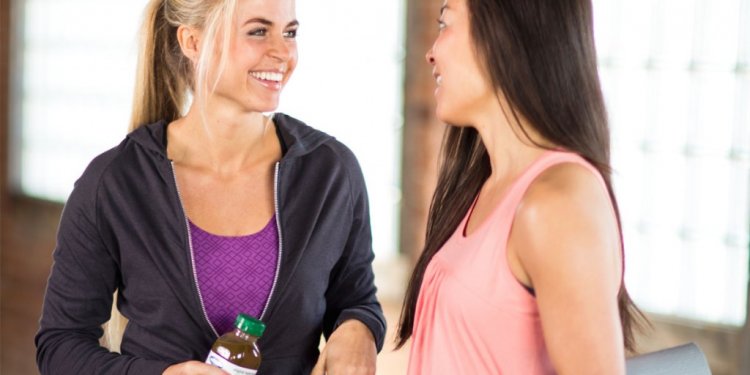
Viscose from bamboo

How Eco-Friendly is Bamboo Fabric, Really?
Bamboo is the fastest-growing woody plant in the world, capable of growing up to four feet a day. Most of it is grown organically (though very little is certified organic), and in most locations requires no irrigation or fertilizers. There are some concerns about its use, namely depleting natural bamboo habitats (for pandas) and clearing forests for bamboo plantations. But for the most part, the growing of bamboo can be considered sustainable. Fabric made from bamboo, however, is more controversial.
Most bamboo fabric has a smooth hand that feels like rayon—because that’s essentially what it is.
 Rayon is a regenerated cellulose fiber, which means that a natural raw material is converted through a chemical process into a fiber that falls into a category between naturals and synthetics. The source of cellulose can be wood, paper, cotton fiber, or in this case bamboo.
Rayon is a regenerated cellulose fiber, which means that a natural raw material is converted through a chemical process into a fiber that falls into a category between naturals and synthetics. The source of cellulose can be wood, paper, cotton fiber, or in this case bamboo.
THE VISCOSE PROCESS
There is more than one way to make rayon. The most common way—and the one widely used for bamboo—is called the viscose process. In this process, cellulose material (such as bamboo) is dissolved in a strong solvent to make a thick, viscous solution that is forced through a spinneret into a quenching solution where strands solidify into fiber.
The dissolved bamboo material is forced through a spinneret where strands solidify into fiber.
This is sometimes called hydrolysis alkalization or solution spinning because the fiber is “spun” in a chemical solution. The solvent used for this process is carbon disulfide, a toxic chemical that is a known human reproductive hazard. It can endanger factory workers and pollute the environment via air emissions and wastewater.
 The recovery of this solvent in most viscose factories is around 50 percent, which means that the other half goes into the environment. Other potentially hazardous chemicals are also used in the viscose process, including sodium hydroxide and sulfuric acid. Because of these environmental issues, Patagonia does not use rayon fabric or bamboo fabric made by the viscose process.
The recovery of this solvent in most viscose factories is around 50 percent, which means that the other half goes into the environment. Other potentially hazardous chemicals are also used in the viscose process, including sodium hydroxide and sulfuric acid. Because of these environmental issues, Patagonia does not use rayon fabric or bamboo fabric made by the viscose process.
RAYON ALTERNATIVES
Patagonia’s material developers have been investigating bamboo since 2003, but since almost all available bamboo fabric is made using the viscose process, we don’t use bamboo fabric in our product line. We’re aware of some linen-type bamboo fabric that is processed as bast
fiber, but currently we’re not using it because we have hemp fabrics that perform well in this type of application.
The appeal of bamboo fabric is usually the drape and the hand that is a product of the viscose-type chemical processing. We’ve searched for an alternative fabric with these attributes, but with less harm to the environment.
Tencel is also a regenerated cellulose fiber, but processed with a nontoxic spinning solvent in a closed-loop system.
The best we have found is called Tencel, a branded name of lyocell fiber. Tencel is also a regenerated cellulose fiber, but processed with a nontoxic spinning solvent in a closed-loop system. The raw material is wood pulp harvested from eucalyptus tree farms, and the pulp is certified by the Forest Stewardship Council. It’s possible to use bamboo or other sources of cellulose, but eucalyptus yields the best quality fiber with the least amount of waste. Therefore we think this process is the best available option.
We do have to ensure that the processing of Tencel and lyocell fibers doesn’t utilize any of the harmful chemicals sometimes used to treat the fibrillation of these fibers. Some factories use a formaldehyde treatment to avoid pilling and fuzz, but other formaldehyde-free treatments are available and are environmentally preferred.

















